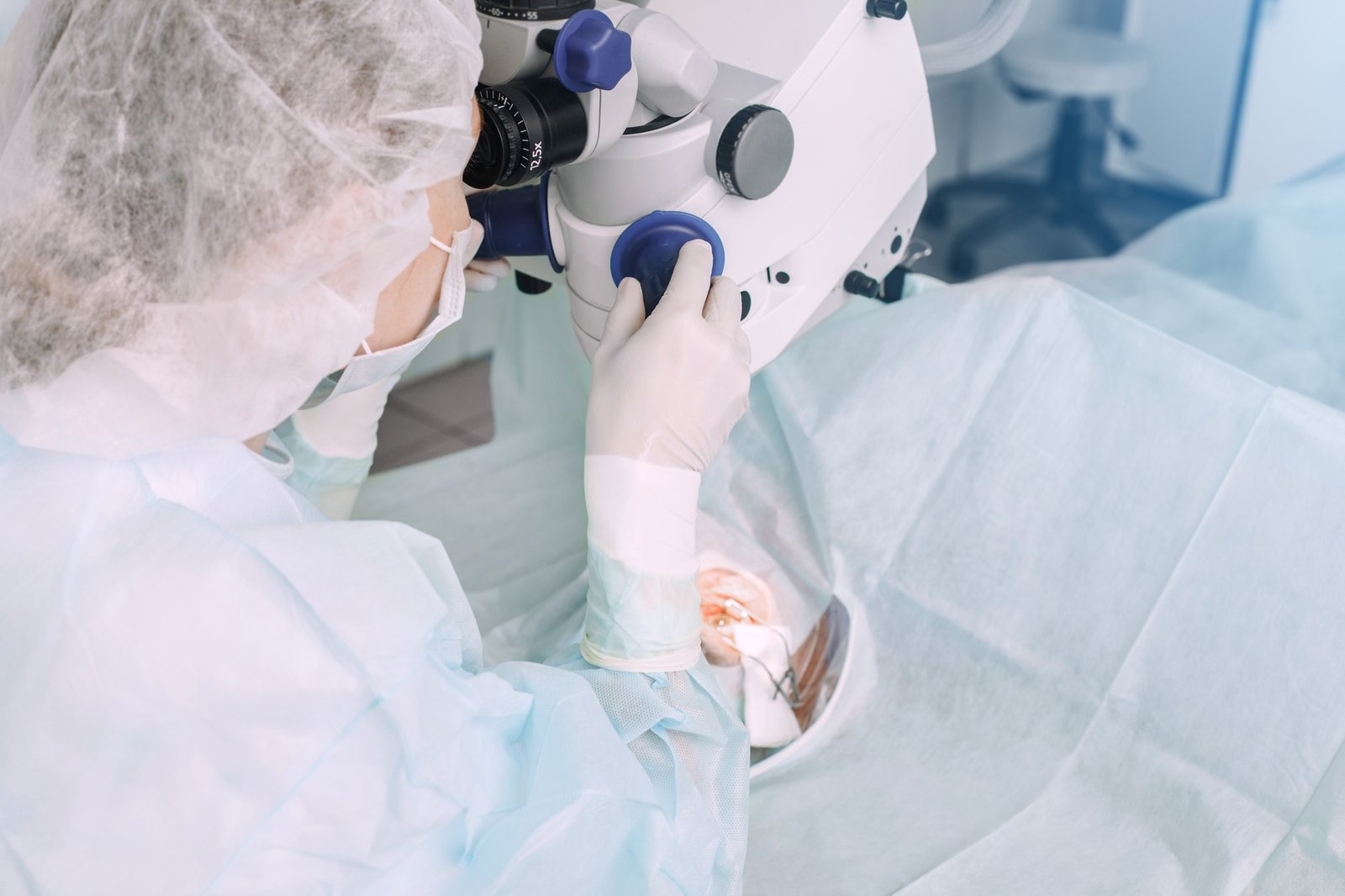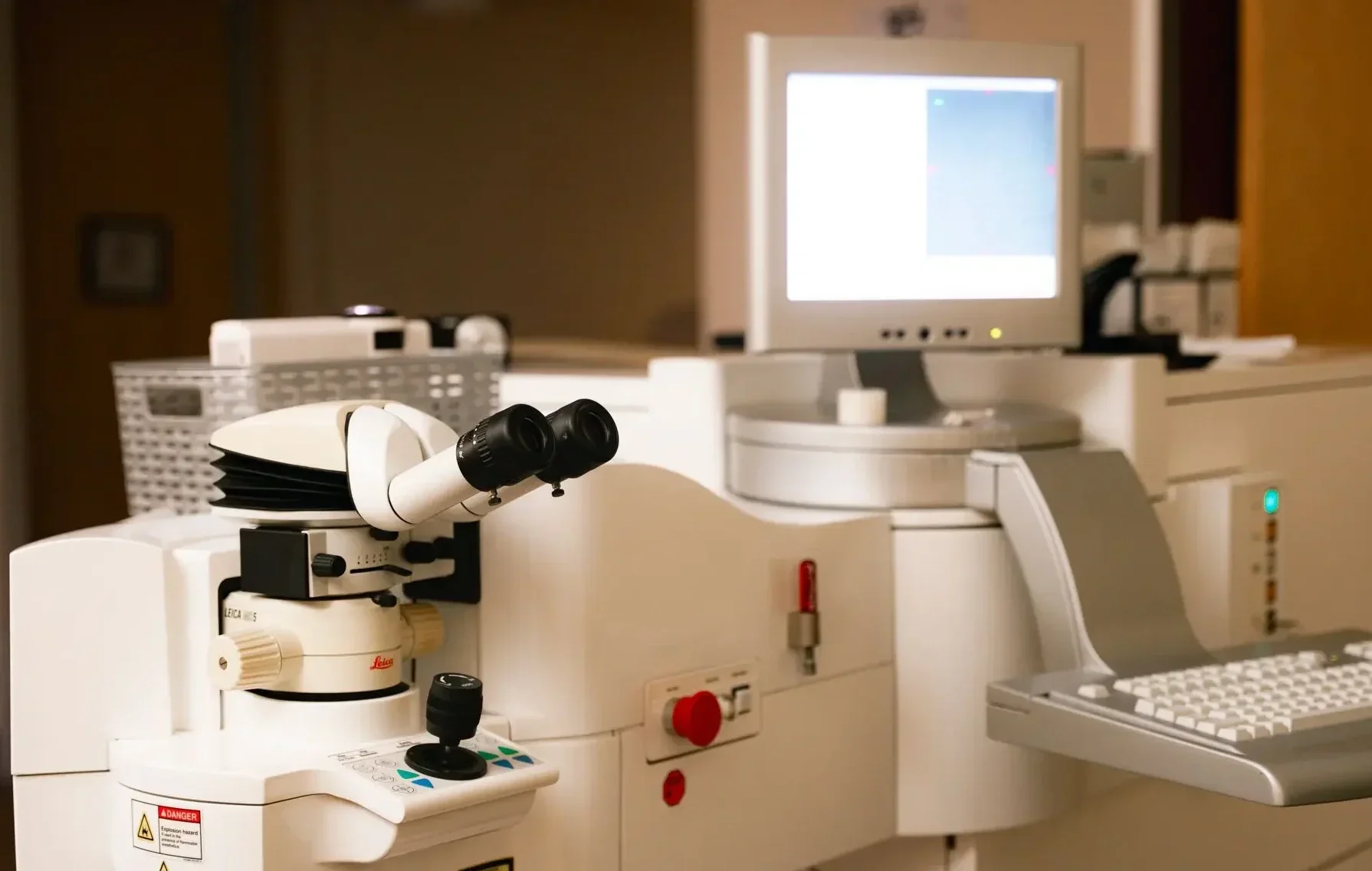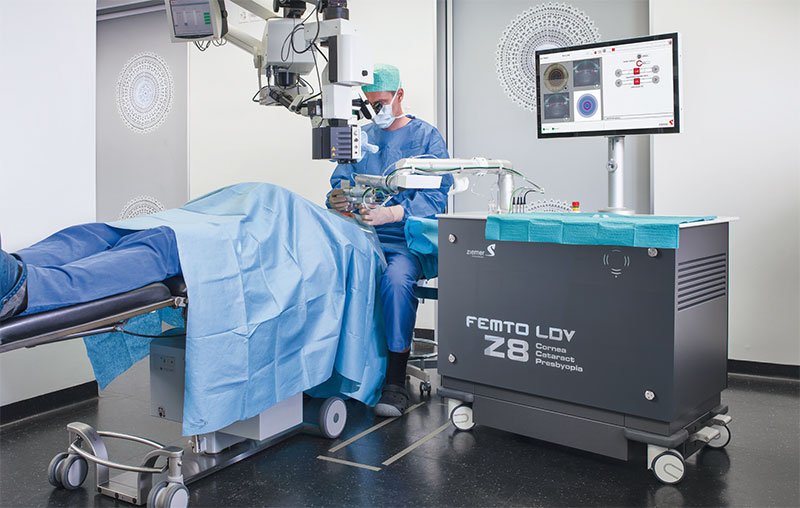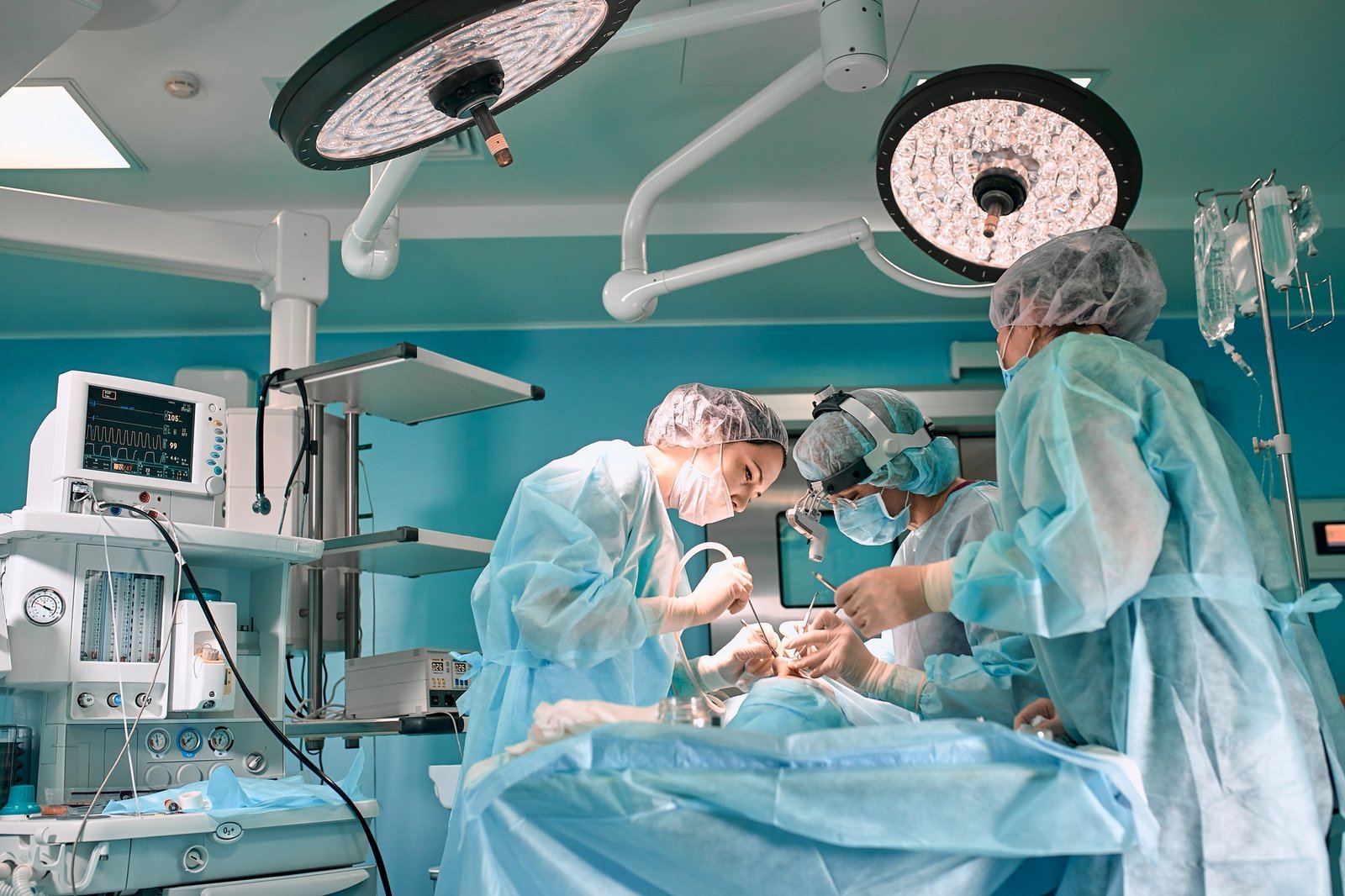Cataracts are a leading cause of vision impairment, especially among older adults. These cloudy formations on the eye’s lens can blur vision, making daily activities like reading and driving difficult. Fortunately, cataract surgery offers a safe and effective solution to restore clear sight. But not all cataract surgeries are the same. In recent years, laser-assisted cataract surgery has emerged as a cutting-edge alternative to traditional methods. This blog explores why laser-assisted cataract surgery is a better choice for many patients.
I. Understanding Cataract Surgery
Cataract surgery involves removing the clouded lens and replacing it with a clear artificial lens. Here’s a closer look at the two approaches:
Traditional Cataract Surgery Traditional surgery relies on the surgeon’s skill to make incisions with handheld instruments. The procedure involves several steps: making an incision in the cornea, opening the lens capsule, breaking up the cloudy lens, and replacing it with an intraocular lens (IOL).
Laser-Assisted Cataract Surgery Laser-assisted surgery uses advanced femtosecond laser technology to perform critical steps with unmatched precision. This includes creating corneal incisions, opening the lens capsule, and fragmenting the cataract for removal. The laser’s accuracy enhances the overall procedure, paving the way for better outcomes.
III. Advantages of Laser-Assisted Cataract Surgery
A. Enhanced Precision and Accuracy Laser technology allows surgeons to make more precise incisions than handheld tools. The consistency of laser-created capsulotomies ensures better alignment of the IOL, which contributes to superior visual outcomes.
B. Improved Safety and Reduced Risks The use of lasers minimizes the risk of human error and reduces trauma to surrounding tissues. This leads to a lower likelihood of complications such as infections, inflammation, or swelling.
C. Customized Treatment for Each Patient Laser-assisted procedures incorporate advanced imaging systems that map the eye’s unique structure. This enables surgeons to tailor the surgery to each patient’s anatomy, ensuring optimal results.
D. Better Outcomes and Faster Recovery By reducing manual intervention, laser-assisted surgery minimizes tissue disruption. This not only improves the precision of lens placement but also promotes faster healing and recovery, allowing patients to return to their daily routines more quickly.
E. Potential to Address Astigmatism For patients with mild astigmatism, laser-assisted cataract surgery can simultaneously correct this condition by reshaping the cornea, improving overall visual clarity.
III. Addressing Common Concerns
Cost Considerations While laser-assisted surgery may come with higher upfront costs, the long-term benefits often justify the investment. Patients typically experience better vision outcomes and a reduced need for corrective lenses post-surgery.
Suitability for Patients Not everyone may require laser-assisted surgery, but it is particularly beneficial for patients seeking enhanced precision or those with complex eye conditions. Consulting with an ophthalmologist can help determine the best approach for individual needs.
IV. Real-World Testimonials and Case Studies
Many patients who have undergone laser-assisted cataract surgery report significant improvements in their vision and quality of life. Surgeons also highlight the technology’s ability to enhance safety and precision, making it a preferred choice for modern cataract procedures.
V. Conclusion
Laser-assisted cataract surgery offers several advantages over traditional methods, including greater precision, improved safety, and faster recovery. If you or a loved one is considering cataract surgery, take the time to explore your options and discuss them with your ophthalmologist. Embracing advanced surgical techniques can lead to clearer vision and a brighter future.





